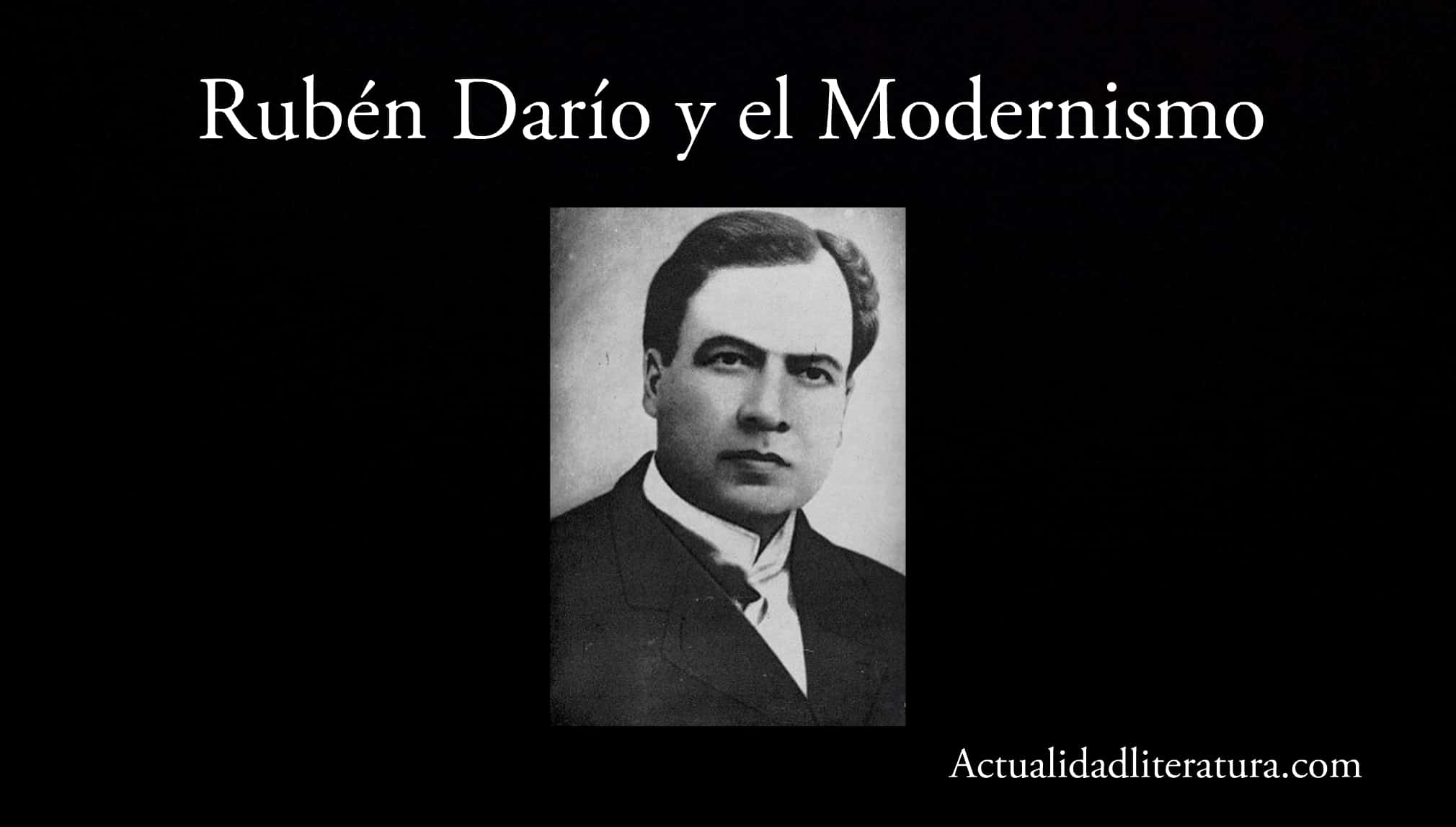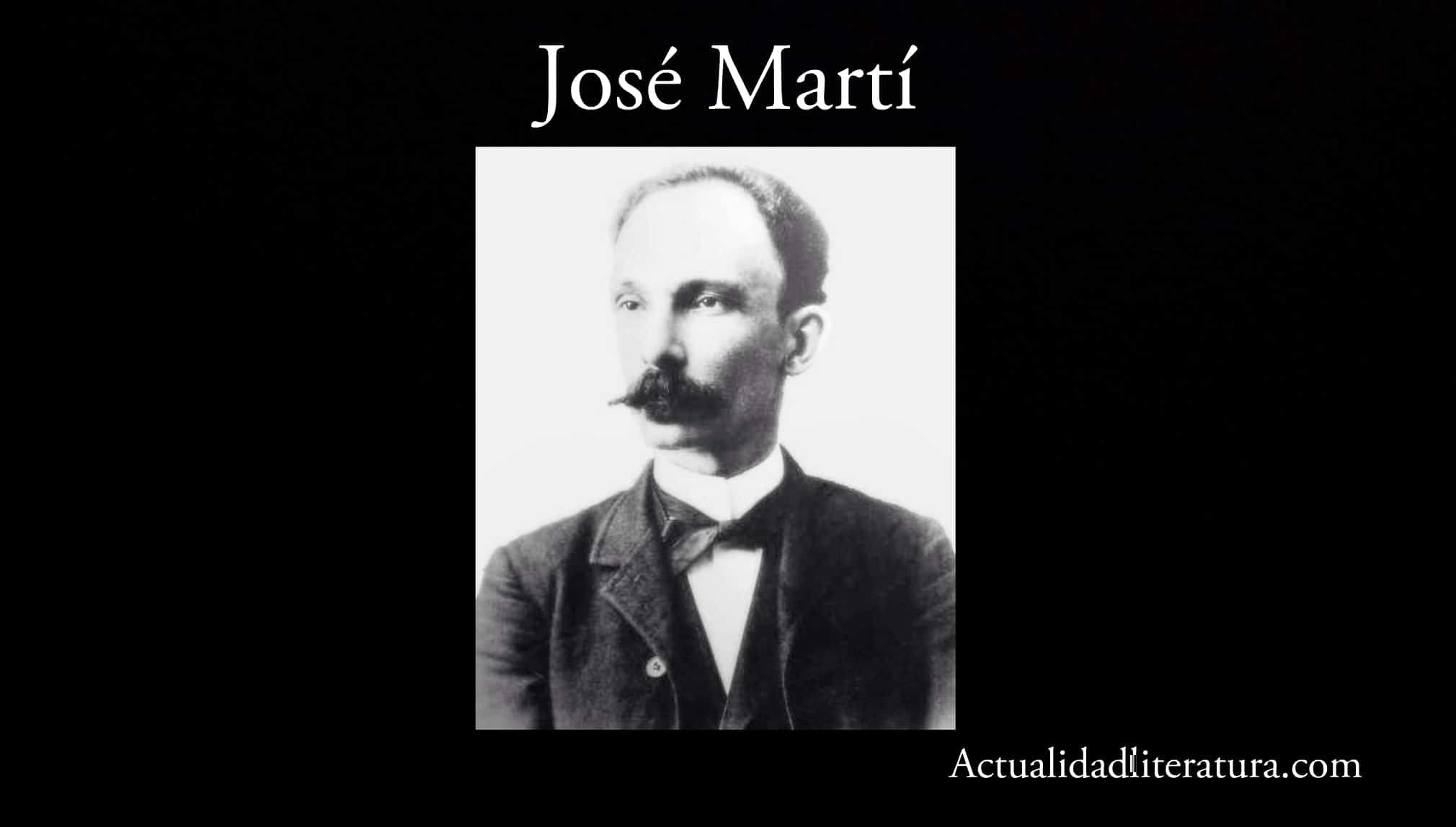
Rubén Darío and Modernism.
In Spanish, the term modernismo refers to a cultural and literary movement born between the years 1880 and 1917. This current had a great boom in Castilian literature, especially in Latin America. The greatest representative of him was the Nicaraguan poet, journalist and diplomat Rubén Darío, with his poetic anthology BLUE (1888). This work represents the rupture of aesthetics in the letters of the time.
Literary modernism was characterized by a refinement, embellishment and aristocratization of the words, thus producing a renewal in the management of metrics and language. In this movement it is possible to identify the influence of three major European currents: Parnassianism (search for objectivity); romanticism (valuation of what is different); and symbolism (mysteries to decipher).
Characteristics of literary modernism
One of the deepest features of literary modernism has to do with the more cultured use of language. One of his great objectives was "art for art's sake". This concept refers to creating for the mere sake of doing it, through stylistic and poetic ways. The referents of this movement opted for poetry as a preferred means of expression, since it allowed them to print symbolisms full of beauty.
The search for aesthetics
For the modernists it was essential that the images were beautiful. The formal perfection in the compositions was part of the ornament of each work. The cultured and well-cared language, and the need to create without rational or logical motive, but rather artistic, shaped the aesthetics of the poems and other texts of the movement.
neatness in language
Modernism sought beauty through literary resources culturedly placed. The attention to detail created images that were related to color, harmonies, senses and art. Literary modernism is characterized by making recurrent use of alliteration, marked rhythms and the synesthesia of symbolism. Likewise, it is a current that goes beyond literature.
rejection of realism
Much of the writing concerning literary modernism takes place in new, exotic, or fictitious places. Modernists constantly fled from the industrialized reality of the time, where there was no space for art and beauty. It is not unusual that in the poems the full search for satisfaction through the aesthetic can be appreciated.
The abundance of preciousness

Phrase by José Martí.
The modernist current had a clear tendency to create symbolism, images and precious environments. Classic beauty is present with the sole purpose of satisfying a need for beauty. The poets were inclined to use a language full of beautiful rhetorical resources that made their works more elaborate.
Conjunction between melancholy and vitality
Modernist artists tended to take refuge in worlds that differed from their own because they did not like the atmosphere of their period. This is one of the reasons why a melancholic trait can be seen in the texts of this movement. There was a certain pessimism and decadence between the XNUMXth and XNUMXth centuries, which reaffirmed the dark attitude of the poets.
Predominance of musicality
The modernist poems and texts had a very marked musicality. This movement pays homage to the large classic stoles. Medieval verses such as the dodecasyllable, the Alexandrian and the eneasyllable are used.. Likewise, it incorporates new variants of the sonnet.
Influence of mythology
Much of the modernist literature is influenced by Greco-Latin myths. In this sense, It is natural that the poems focus their themes through gods and beautiful concepts related to divinity. In the same way, there is talk of characters typical of ancient Greece and the sensuality attached to them, which gave them a much more cultured and intellectual air to the works.
search for freedom
Modernism, like romanticism, is characterized by breaking the classic rules of literature of its time. The modernists sought to rebel against structures and traditions to find new and beautiful artistic forms..
In the poems of this current experimental and fresh techniques abound. They also innovated in lexicon, with the use of Gallicisms, Hellenisms and cultisms. These means tried to find the rarity of the words more than the precision of the same.
sum of syllables
The poet Rubén Darío, the greatest representative of modernism in Latin America and the poetry of the XNUMXth century, adapted the Castilian metric to the Latin one. The writer renewed rhythms that seemed forgotten in the verses, including nine, twelve and fourteen syllables more within their texts.
Historical context of literary modernism
The XNUMXth century was determined to implement an industrialized and materialistic society dedicated to work. The industrial revolution introduced a model of society where people were more concerned with production than with thought. In this context, literary modernism arises to protect creativity, beauty and art.

Jose Marti.
It is very complex to identify where exactly this current arises. However, Latin America enjoys great modernist writers. In fact, Rubén Darío, born in Metapa, Nicaragua, is considered to be the father of this movement. The works of this author, known as "the prince of Castilian letters", are endowed with Parnassianism and symbolism inspired by the works of Théophile Gautier and Paul Verlaine.
In addition to Dario, Other great reference authors who published in the first half of 1880 were: the Cuban José Martí, the Dominican Max Henríquez Ureña, the Cuban poet Julián del Casal, the Mexican Manuel Gutiérrez Nájera, the Peruvian Manuel González Prada and the Colombian José Asunción Silva. These artists were called "modernists" as a pejorative term. However, they later proudly adopted that name.
Most notable works of Rubén Darío (1867-1916)
- BLUE (1888);
- Profane prose and other poems (1896);
- Songs of life and hope (1905);
- I sing to Argentina and other poems (1914);
- The rare (1896)
Other works of literary modernism
- Golden age (1878-1882): José Martí;
- ismaelillo (1882): José Martí;
- Amphoras, Printing of the Widow of Montero (1914): Max Henriquez Urena;
- The diplomatic combination (1916) Max Henriquez Urena;
- Moran, Francisco. Casal à rebours (1996): Julián del Casal;
- The Mexican Parnassus (1886): Salvador Diaz Miron;
- art sensations (1893): Enrique Gomez Carrillo.